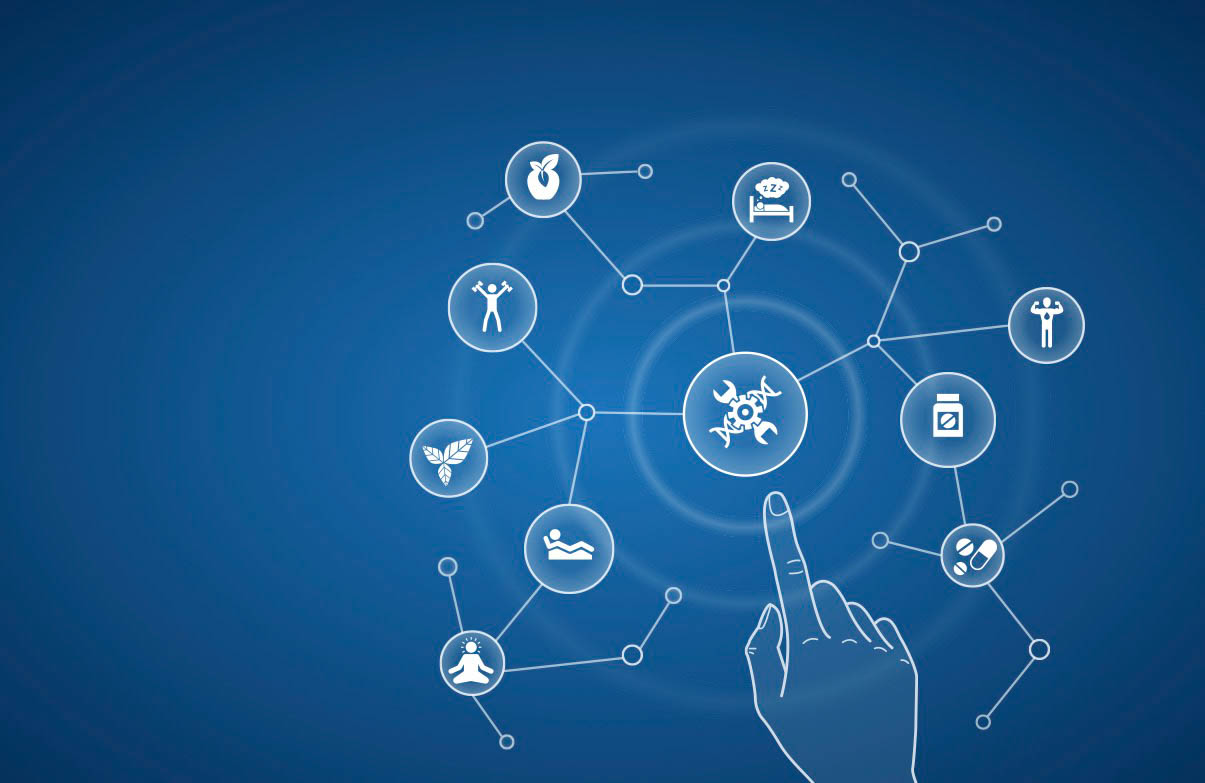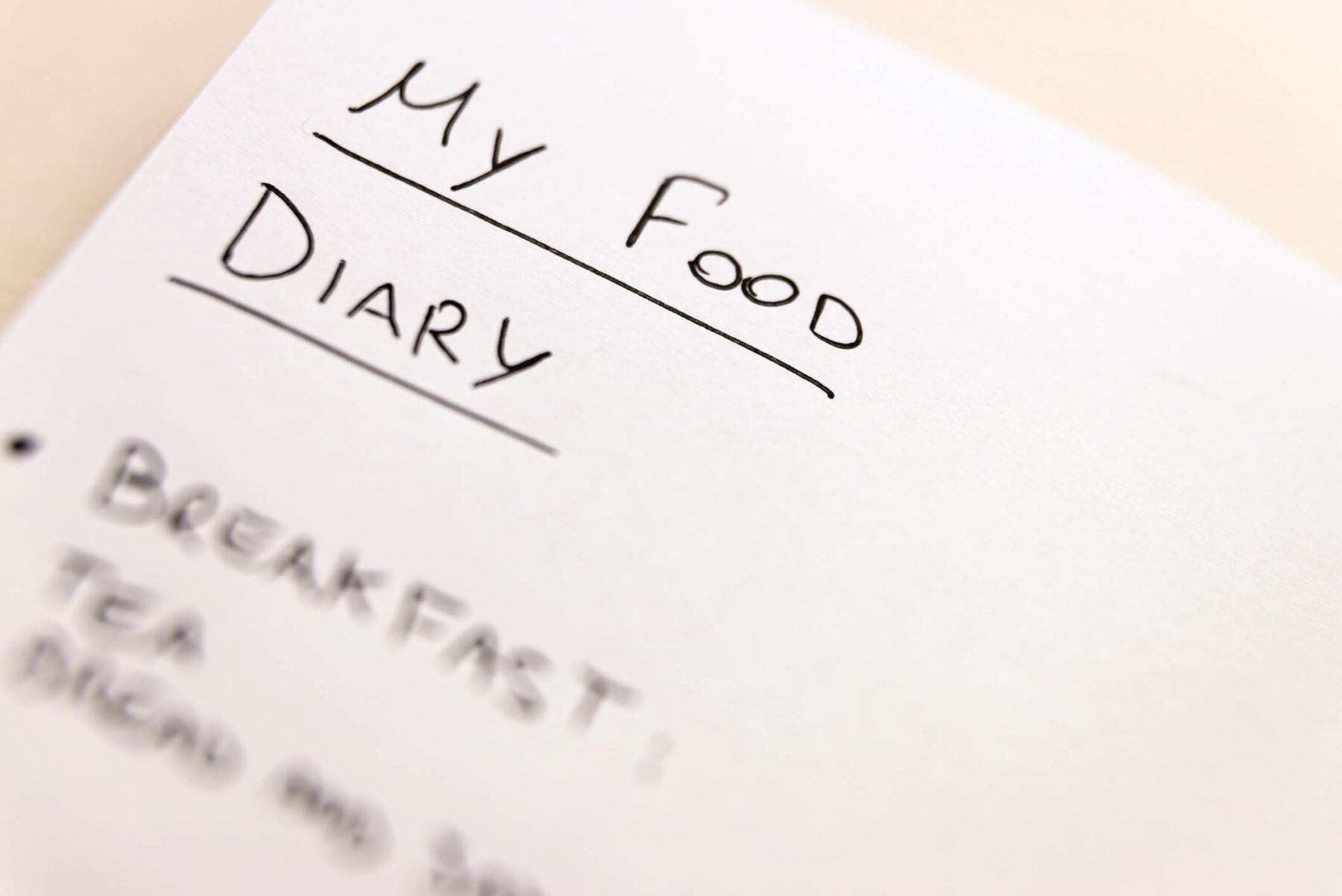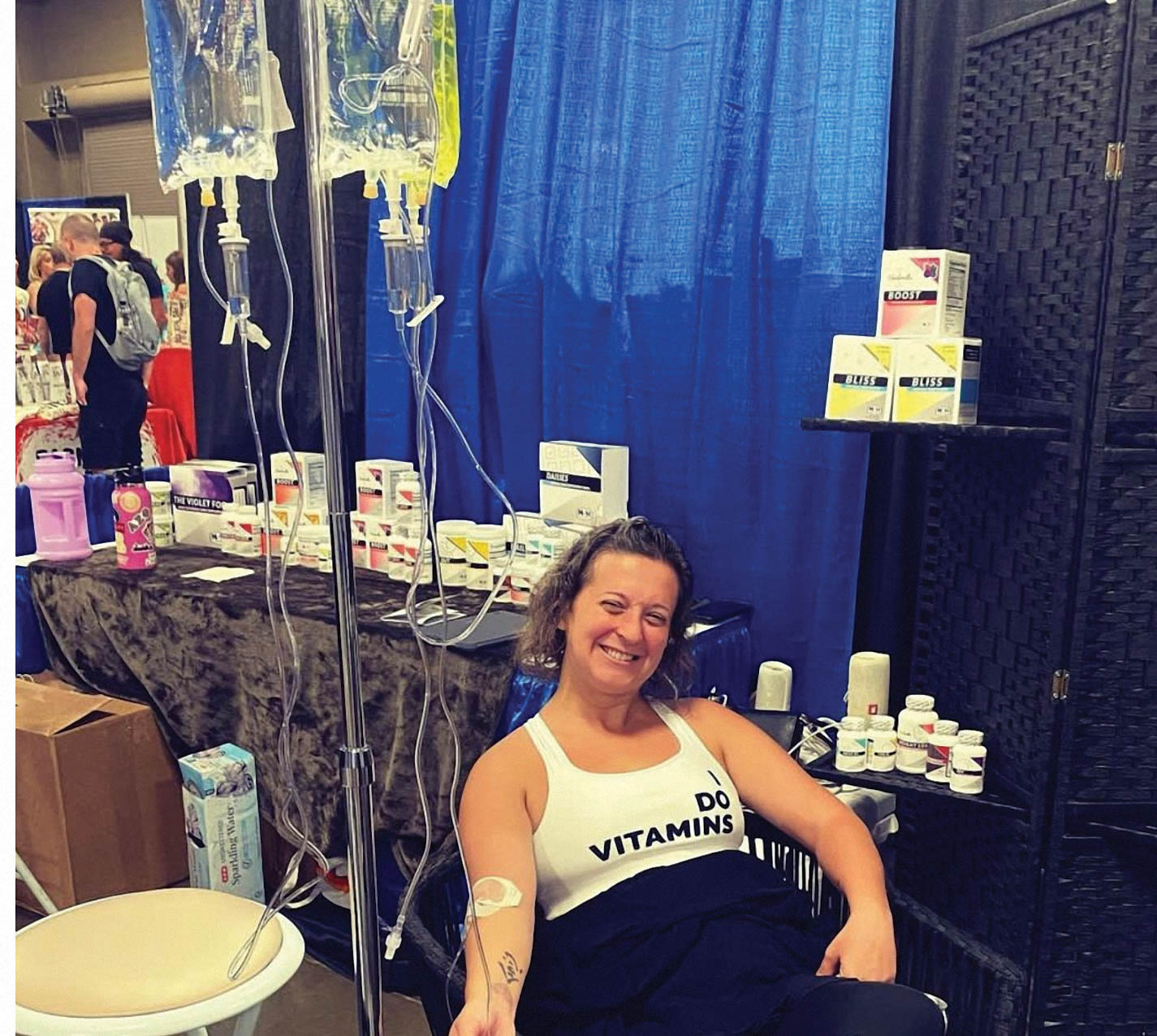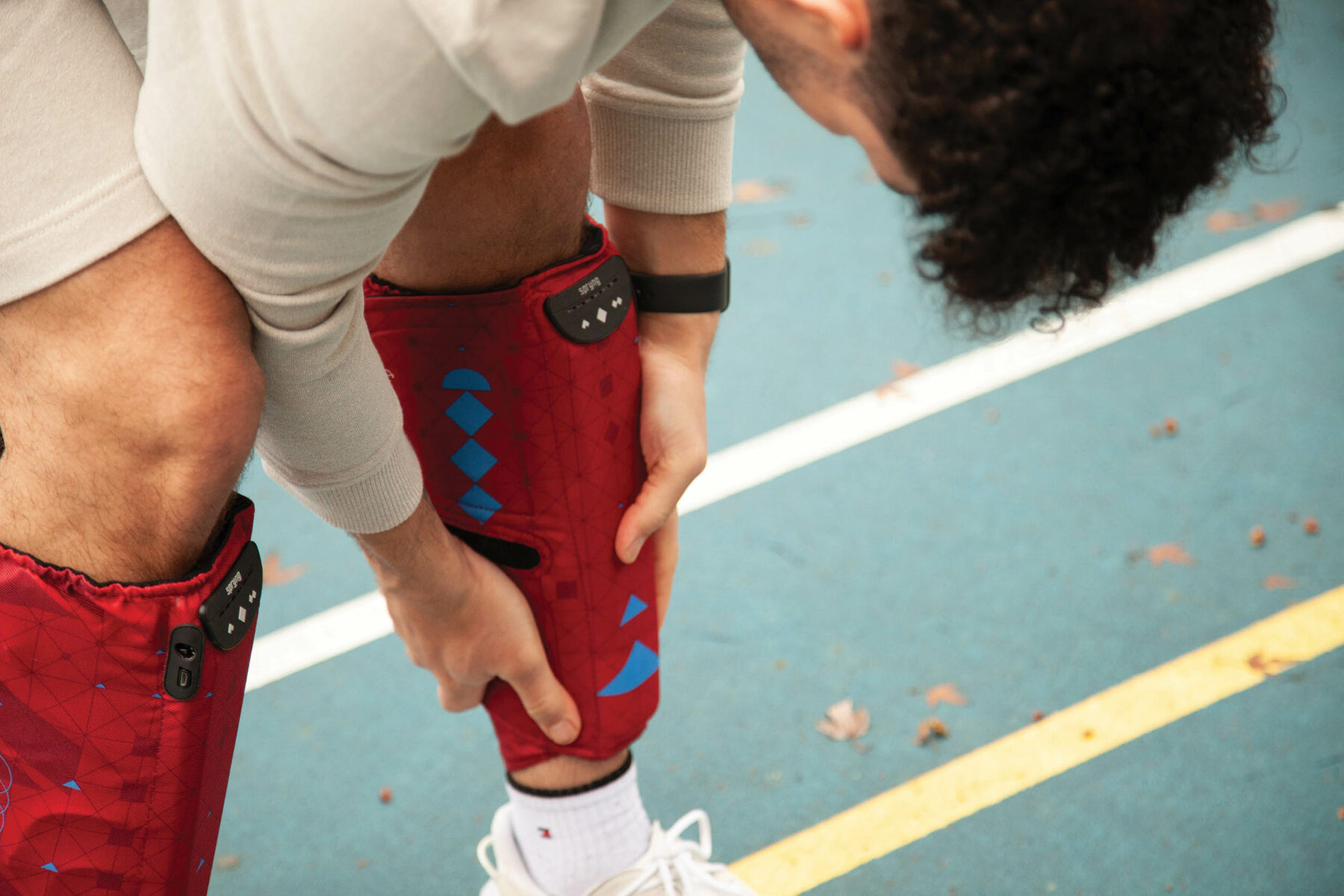Biohacking Your Brain & Body

How far is too far to get the perfect body and mindset? Plastic surgery can change your appearance, sleeping pills can help with insomnia and Tylenol can ease chronic pain – but what if this agony could be relieved without seeing a doctor and spending thousands? All it takes is one simple art: biohacking.
Though biohacking might seem like a complex concept, as many people first envision genetic engineering, it can actually also embody a variety of simple activities. This can even include something as small as altering your diet or using wearable technology like a Fitbit.
Jessica Tranchina, who is the CEO and co-founder of Generator Athlete Lab, defines biohacking in a simplistic way.
“Biohacking (is) hacking your body in a safe way to help it perform and be optimized,” Tranchina says.
Simple biohacking methods touch every aspect of health – nutrition, lifestyle, wellness and fitness – and their broad nature can provide more accessibility to improving health, allowing anyone to reap its benefits.
Biohacking Nutrition: Food Diaries & Eating Local
Erin Damm, the COO and event planner for local health hotspot MSW Health Lounge, incorporates biohacking into her daily routine by maintaining her nutrition. She does this by tracking her eating habits.

For instance, in the case of understanding food allergies, Damm says if your body is reacting poorly in response to a food, that food probably isn’t good for you. Damm recommends journaling to track food and the body’s reaction to certain types of food. However, she also uses the free app, MyFitnessPal, to track her intake, which is an option for those who don’t want to handwrite a food diary.
Damm says people can also eat local food as a way of biohacking their nutrition.
“In Austin, there are so many different farms that do crop shares,” Damm says. “You can get a box every week and eat what is in season.”
Biohacking Lifestyle: Blood Work

Courtesy of Erin Damm
Another surprising method of biohacking, especially when it comes to improving your lifestyle through health care, is getting blood work done. Damm says this is because biohacking focuses on taking preventative steps toward your body’s well-being.
“Biohacking is really working to optimize your body early on,” Damm says.
Damm says conducting a blood work analysis helps people determine their body’s needs, and they can use the information to enhance the body’s performance.
“Blood work will tell you where you are right now,” Damm says. “Then, you can track if the things you are doing work.”
Biohacking Wellness: Apps, Unplugging & Connection
Essentially, the key to biohacking is tracking the body and its reactions to certain stimuli — similar to the way you’d approach a food diary. Tracking allows biohackers to identify their body’s needs and how these needs are successfully met.
Though many members of the biohacking community use wearable technology to track their heart rate, steps, sleep and meditation minutes, Damm prefers not to have anything on her body. Instead, she uses sleep tracking and mindfulness apps on her phone.

However, biohacking isn’t only reserved for avid tech users; Damm says it can also be accomplished without technology.
“Disconnecting (is) a huge biohacking tool. Get off the phone, off the internet. Just go sit in the park,” Damm says. “Love language is huge, too. Understanding your emotional needs is huge in biohacking.”
However, as you disconnect from technology, it’s good to refocus and connect with others. Damm says community and connection can be a biohacking tool, as blue zones, which are areas of the world containing populations with fewer diseases and longer lifespans, are closely related to having community.
“There are five or six (blue zones) where the number of people over 100 years old (who) are healthy and active are hugely involved in their community,” Damm says.
Biohacking Fitness: Training & Recovery
Tranchina, who used to be a personal trainer, says people can biohack their fitness through the use of personal training. This is because personal training emphasizes listening to the body’s needs and using that information to shift your training strategy to reach your body’s maximum potential.
“The coach evaluates how you move, writes down any physical restrictions and gets your goals to create a customized program so you don’t have to,” Tranchina says.

Additionally, people can biohack their fitness by using methods of recovery. Tranchina, whose true passion is helping people through physical therapy and research, uses injury recovery methods at Generator Athlete Lab to biohack the lymphatic system.
She uses heat, contrast bathing and compression to flush the lymphatic system of toxins. The Lab’s recovery protocol consists of 30 minutes in the infrared sauna followed by contrast bathing: three minutes in the cold tub, three minutes in the hot tub and repeat. Afterward, clients dry off and use compression garments where needed.
Tranchina says compression garments squeeze the body from the outside toward the center, which returns lymph to the blood and excretes toxins from the body as waste.
“We’re biohacking your lymphatic system,” Tranchina says. “Dynorphins and endorphins are released in the infrared sauna. The cold tubs are at a particular temperature and jetted, so it’s very specific, and we contrast these with medical-grade garments. That all activates the system to help flush the lymphatic system.”
But you don’t have to go to a recovery facility to achieve this; Tranchina says you can do it from the comfort of your home.
“Take a warm bath and then kill it in an old ice bucket or a really cold shower,” Tranchina says. “Then, there are compression socks or ace wraps (you can buy to) do a graduated compression for pulling fluid away from the body so that fluid can dump into the lymph nodes.”
–
Though biohacking works for her, Damm understands that this science is not for everyone. However, even if it’s not for everyone, it is accessible to everyone.
“Ultimately, the best thing you can do is move your body, eat as natural as you can and put your feet in the grass and your face in the sun,” Damm says.






